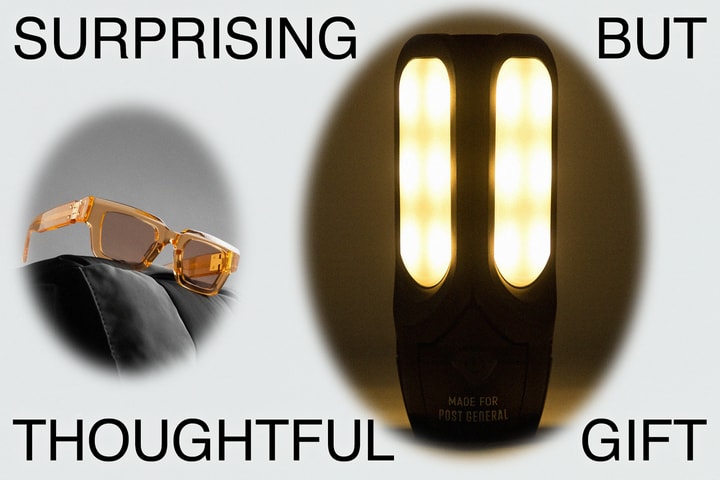Since its first debut in 2002, Crocs have become one of the fashion industry’s most prolonged debates. Some people think it’s a “style sin,” some consider them “hype,” and some just want a pair of comfy shoes to slip on whenever.
In 2006, Crocs had one of the most successful footwear IPOs despite earning an “ugly” label from fashion editors. They also acquired the shoe accessory company Jibbitz, which continues to be one of Croc’s top revenue sources. One could say the mid-2000s was an era of croc mania. Even former US president George W. Bush was spotted sporting the squeaky flats in 2007. However, Crocs eventually fell back to Earth despite its meteoric success, with its stock hitting rock bottom in 2009.
The Croc Comeback
Crocs would continue its bumpy journey, shutting down 160 retail stores between 2016 and 2019. In spite of the pitfalls, Crocs has seen a resurgence over the past few years. In 2021, CEO Andrew Rees revealed the brand’s record revenue of 2.3 billion, a 67% growth from 2020, and over 103 million pairs of footwear sold globally, up 49% over 2020. Today, the footwear company operates 373 stores worldwide in more than 90 countries
Staying Relevant in Fashion
With lockdown and social distancing restrictions, the pandemic introduced several indoor trends, including the clog trend from brands like Hermès, Birkenstocks, and Louis Vuitton. Crocs saw an opportunity to take things a step further during this period, collaborating with celebrities, influencers, and high-end luxury brands.
John Cena, for instance, has been involved in Croc campaigns since 2017. More recently, Justin Bieber and Crocs teamed up for a Drew House collab that was released in March 2021. Besides Balenciaga, streetwear brands and designers such as Pleasures, Chinatown Market, and Salehe Bembury have also joined forces with the footwear giant for their iterations of the clogs.
Comfort, Style, or Ugly?
The iconic Croc design was originally inspired by the Dutch clogs worn by farmers in the 19th century, with the clog silhouette dating further back to the 13th century Japanese wooden flip-flops.
Crocs take after the name of — you guessed it, the crocodile — with a design focused on grip, protection, and performance on both land and sea. Both adult and kid sizes feature exactly 13 holes for ventilation, making it an ideal summer shoe. What makes the shoes more covetable is the Croslite patented foam made from EVA (ethylene-vinyl acetate), which provides comfort through its lightweight and snug mold of the feet.
No matter how practical Crocs are, it’s inevitable that some find them unlikeable. The Facebook group named “I Don’t Care How Comfortable Crocs Are, You Look Like A Dumbass” alone is self-explanatory. Yet, this love-hate tug of war is ironically why Crocs came in style. The new generation resonates with individuality, gravitating towards the DIY aspect of Jibbitz decoration and deeming what may be traditionally “uncool” as things that set themselves apart from the norm.
Other than hype and comfort, you can also check “eco-friendly” off your “reasons to get Crocs” list. In 2021, Crocs joined the Sustainable Apparel Coalition (SAC) with a mission to “reduce environmental impact by focusing on sustainability initiatives throughout its supply chain, operations, and product lifecycle.” With a goal of reducing carbon emission to net zero by 2030, Crocs have transitioned to a 100% vegan brand with a new sustainable bio-based Croslite by the end of 2021 and recycled 45% of its Croslite production scrap. 85% of all products were sold without shoe boxes and 90,000 pairs were donated to those in need around the world in 2020.
It was only a matter of time before people were transparent with their “guilty pleasure” of owning Crocs. Now with the evident success of the brand, it may feel more liberating to admit you want a pair.
